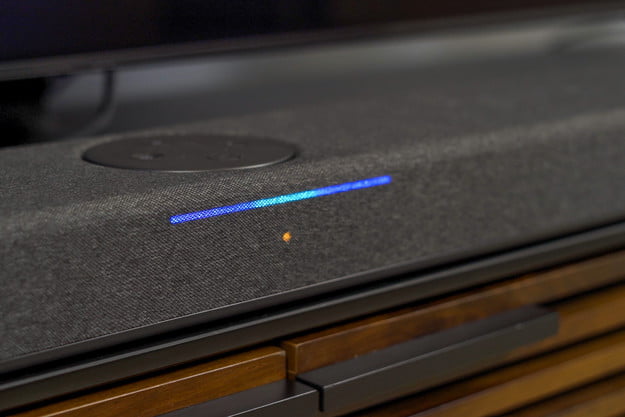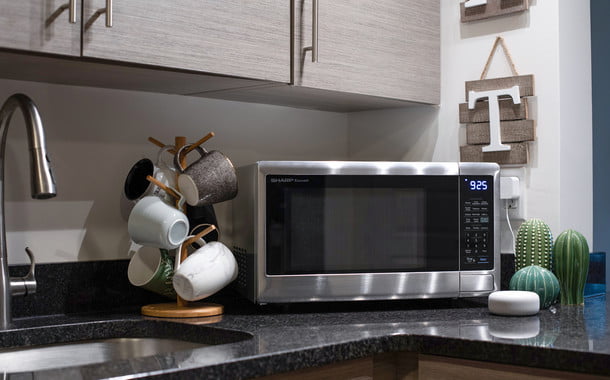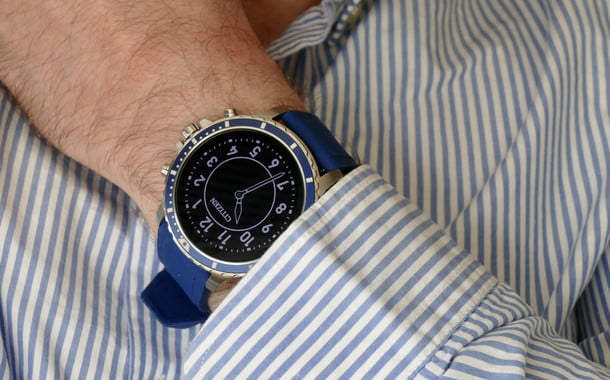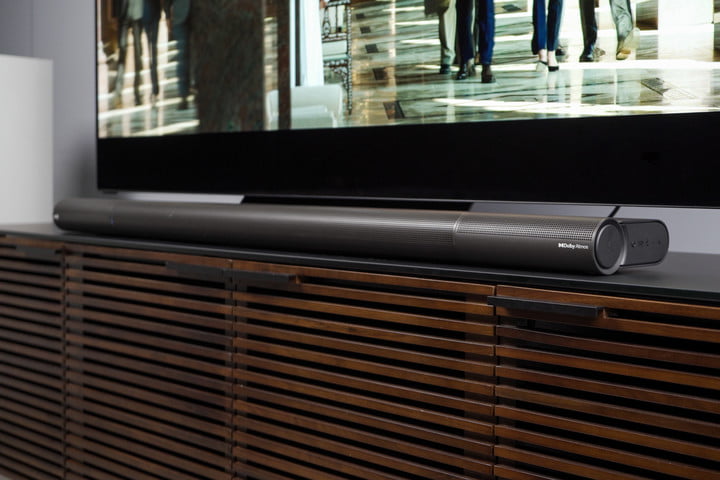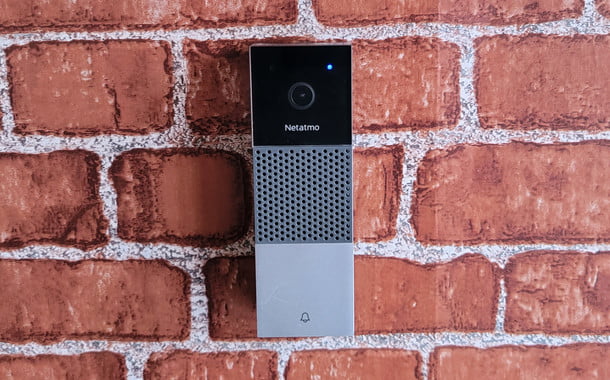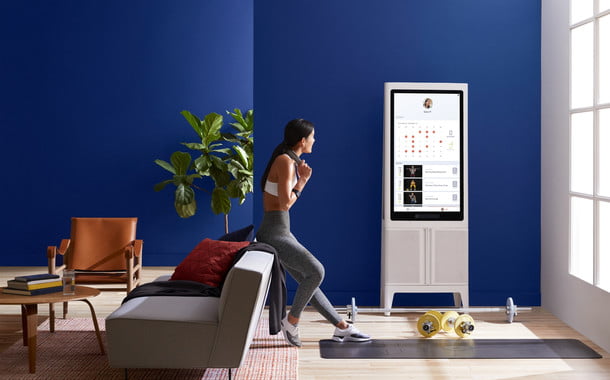Nanoleaf Elements Review: Smart Lighting From the Forest

"You will fall in love with the rustic appearance of the Nanoleaf Elements and at the same time appreciate its smart functions."
-
Unique lighting design like no other on the market
-
Easy to use, intuitive app
-
easy installation
-
Incredibly customizable
-
High price point
-
No support for 5 GHz networks
Smart lights from Nanoleaf earned a spot in the background of more Twitch streams than I can count, and for good reason: the Nanoleaf Aurora and Nanoleaf Canvas look amazing, with loads of customization options to suit just about any mood. With that in mind, I took the chance to review the Nanoleaf Elements, the newest addition to the company's lineup.
Nanoleaf Elements look like they are made of wood and are lit from within. Their purpose is ultimately decorative, but they will stand out when placed on a wall and make for a real talking point. This is no ordinary set of smart lights!
Design: Natural light that makes you feel like you are in a forest
The design of the Nanoleaf Elements is the main attraction. The hexagonal design leads to six specific points that are equipped with an LED. This allows the elements to generate light at each of the six points and shine from the outside in.
The panels made of imitation wood attract attention and give the lights a rustic look that makes them a great addition to a dining room. While the Nanoleaf Elements only produce white light, the temperature of the light can be adjusted to produce different levels of heat. The light ranges from 1,500K to 4,000K – from cold white to warm white.

However, the light is not that bright. At just 22 lumens, you could use it for reading if you were sitting right next to it, but it doesn't provide enough light for any kind of task-oriented work. It makes for great mood lighting and with a lifespan of 25,000 hours, these lamps will last a long time.
In my experience, the lights create a kind of peaceful atmosphere. They are perfect for a quiet dinner or just to chat with friends in the background.
easy installation
The Nanoleaf Elements are easy to install. It took less than 10 minutes to create the pattern I wanted on my wall, and that includes the 30 seconds of pressure required to attach each panel to the wall. The panels have a swivel pad on the back that allows you to easily adjust the angle, and each side has a fastener to snap the connectors into place.
Thanks to this design, you can create an almost infinite number of shapes and designs with tiles. A single power supply can support up to 22 panels, although the device I tested only came with 10. The maximum number of tiles per controller is 80, but you'd have to set up a really impressive system to deal with the maximum number of tiles. It would take up quite a bit of space – at 9 "x 7.75" per title, the elements are large enough to function as wall art all on their own.
A complete set of functions

The choice of pattern and design of the tiles is yours, and the Elements contain a whole host of features that give them many different capabilities.
For example, you can play music and sync the lights to pulse and move to the beat. The Connect + feature means the tiles will automatically sense where they are in relation to each other to ensure that the lights shift in an organic and natural way. In the Nanoleaf app, you can arrange tiles in specific patterns and assign roles to each one.
That leads to the next important feature that Nanoleaf offers: touch controls. You can set specific tiles to perform tasks based on touch. For example, one panel can scroll through different HomeKit scenes while another can change the pattern or turn on the lights in your home.
The Nanoleaf Elements also connect to all major smart home platforms and intelligent assistants. You can turn your lights on and off and change the pattern through Amazon Alexa, Google Assistant, and Apple HomeKit. The Elements also connect to Samsung SmartThings and IFTTT.
The Elements kit also comes with a manual control panel. All you have to do is connect it to one of your tiles to turn the panels on or off, change the pattern, mix the patterns, and much more. However, I would recommend connecting it to the edge somewhere near the floor. It doesn't light up and sticks out like a sore thumb when the rest of the panels are lit.
An intuitive app
One of the standout features of the Nanoleaf Elements is the ease of use of the above app. If you've used a Nanoleaf product before, you know there are thousands of custom scenes for Nanoleaf Aurora and Canvas. You may think that you don't have access to these scenes – after all, they rely on color – but that's not entirely true.
The elements translate all the different colors into different heat levels. This means that every single scene is available. If you don't like the default scenes and patterns in the app, just look for one that better suits your tastes.
The layout wizard allows you to visualize the design before creating it. Just line it up and organize the tiles and then tap the eyeball icon in the bottom right and it will show you what the pattern would look like on your wall with augmented reality.
You can also invite users through the app so that more people can control your lights.
Finally, you can use the Explore tab in the app to check out related apps, scenes, integrations, and more. If you're new to Nanoleaf, the Explore tab makes it easy for you to familiarize yourself with all of the different options the Elements offer. You can also sign up for the beta program this way to explore new, not-yet-public features.

Our opinion
The Nanoleaf Elements are a beautiful, fresh interpretation of intelligent lighting that really stands out due to its rustic design. Other decorative smart lights appear to be aimed at a playroom or arcade, but the Elements will feel right at home in your mother's kitchen. The easy installation and intuitive app are just cherries on a great core system.
Is there a better alternative?
There is no other intelligent lighting system like the Nanoleaf Elements on the market. Sure, there are plenty of lights out there that offer a wide variety of colors, but if you want a natural look the Elements are the only real option.
How long it will take?
With a lifespan of 25,000 hours, the Nanoleaf Elements will continue to function for a long time. That's 1,041 days and 16 hours. So if you don't keep the lights on 24/7 (and even then they will last forever), your Elements will be working for the foreseeable future. A two-year warranty is also included with the purchase.
Should you buy it?
The Nanoleaf Elements are a fantastic lighting system, but the cost is a little prohibitive. At $ 300 for the Elements Smarter Kit and $ 99 for each expansion pack, the Elements will make a dent in your wallet. However, if you want to create a unique lighting system in your home, there is nothing quite like it.
Editor's recommendations


